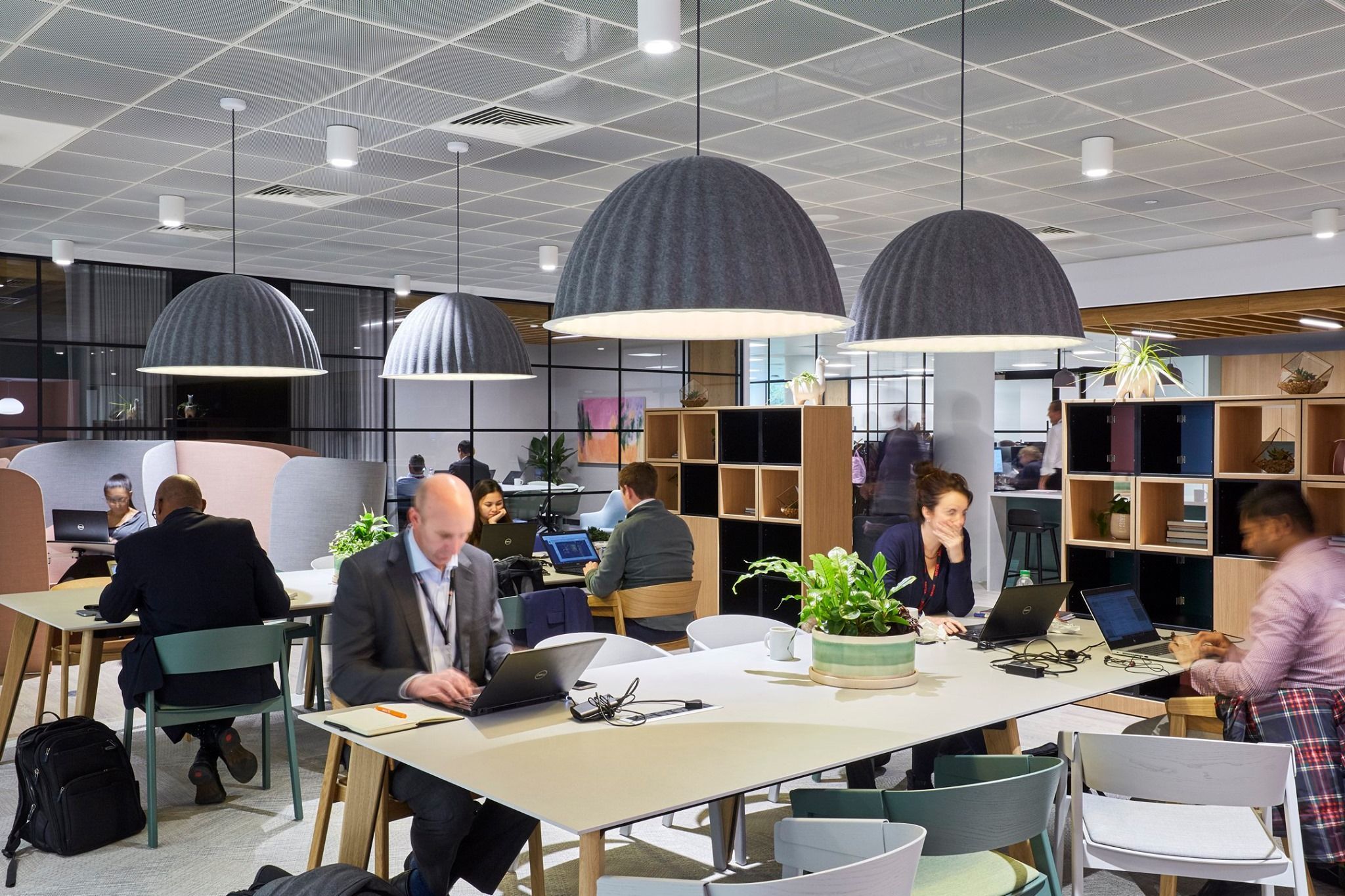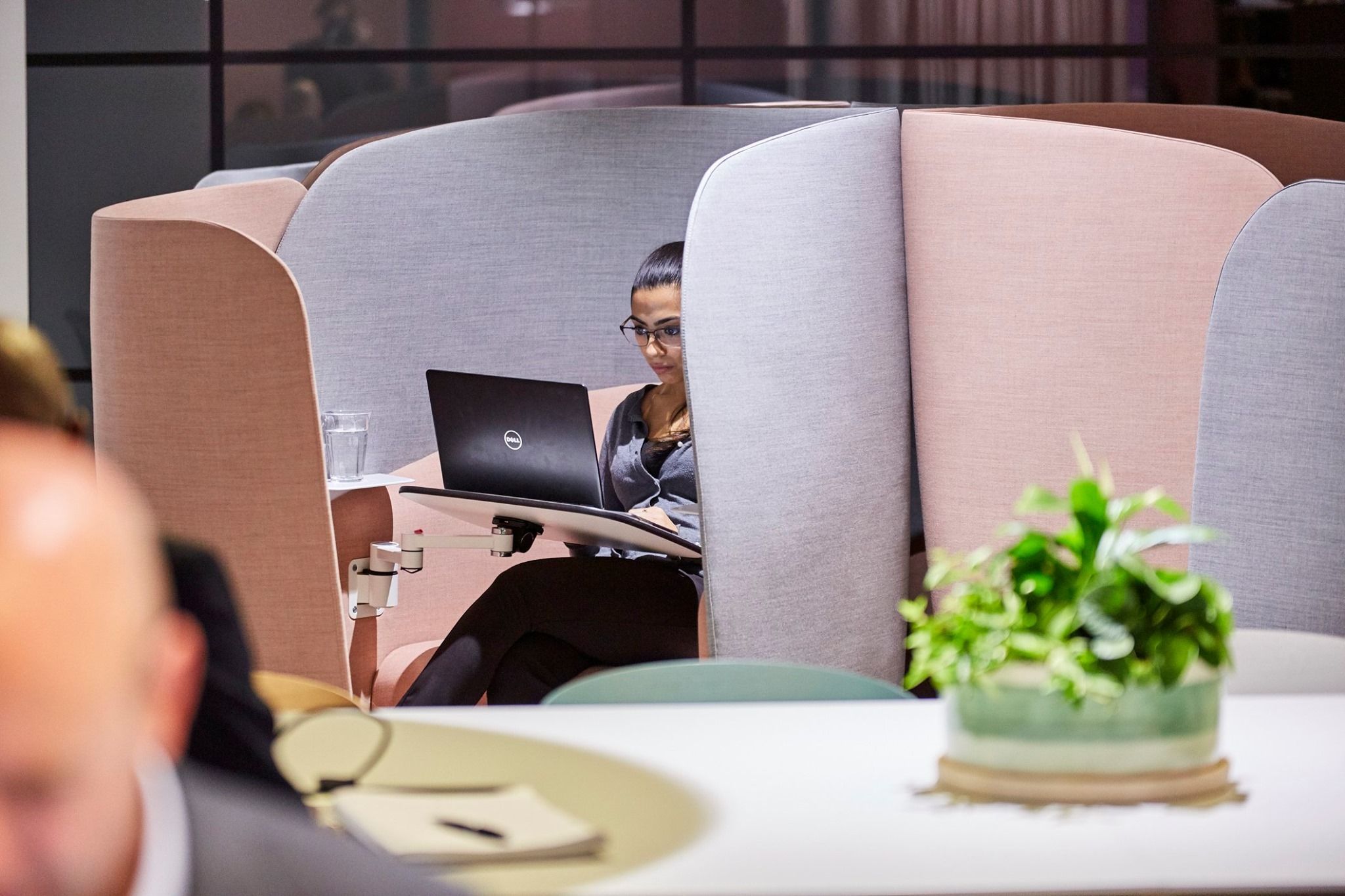Creativity in togetherness: the creativity of working with other companies
Two (or more) heads are better than one, or so the age-old adage goes! That’s often what many successful brands and organisations discover along the way, because often, working in a team or drawing from a pool of ideas can spark off inspiring conversations, which provide a springboard to great things.
In fact, a study by Cabra and Puccio (2010) explains that organisational creativity is “the creation of a valuable, useful new product, service, idea, procedure or process by individuals working together in a complex social system”. The study goes on to reveal that creative acts can become complicated when carried out by individuals such as writers, photographers, solopreneurs and that there is more room for dynamics when these individuals create together.
One thing is for sure, sharing creative-thinking with other likeminded co-workers can be a great way to lessen the burden, free up possibilities and open up the conversation to a more fluid way of working.
Benefits of Creativity Together
Leads to Better Team work: As we know, working directly alongside others isn’t always essential. Sometimes it’s a case of overhearing and joining in conversations with a fellow co-worker. These brief but meaningful interactions can still make a big difference to your end result. Either way, the creative process encourages collaboration and co-workers benefit most with the mindset of seeking out new ways to do things. Often the best ideas might derive from one person but usually they are moulded by others to become fully formed.
Increases Problem-Solving: Motivation and encouragement often occurs more when working with others. It can also allow us to take more risks and the ability think outside of the box. Co-workers are more likely to develop innovative solutions to obstacles they encounter when working with others. This keen-ness to overcome challenges often leads to different ways to achieve goals and can create a more efficiently run business.
Creativity Among Co-Workers
When working alongside other co-workers or businesses, even if it’s just for a brief interlude, this can often provide the opportunity for diversity in the ideas that are put forward. Often, these ideas can easily outnumber those any lone-worker may come up with. Although the argument exists that co-workers working alongside others has the potential to generate a greater volume of ideas, it’s also worth noting that there’s a time to work solo and be more reflective, too.
Things to Bear in Mind
When teaming up with others, make sure you’ve found a good fit before you embark on collaborating creatively. This part may take a little time but it’s important to ensure you’re collaborating with others who don’t pose a conflict and that will compliment your skill-set and add value
- Don’t be afraid to approach others. There might be other businesses or co-workers based at Adapt or you might like to invite other co-workers or consultants based elsewhere to Adapt but embrace networking and reaching out.
- Establish some ground rules and ensure that you exchange a fair deal when it comes to time or skills-swaps – the idea is, of course, for both parties to benefit at some point.
And remember…
Innovation emerges over time: Innovation is usually the outcome of several smaller ideas contributed by others. These ideas might encounter a process of being refined and improved until, eventually, they emerge as an innovation.
Good listening is practiced by successful co-workers: It might sound obvious but alongside good listening skills, effective feedback or suggestions for improvement are always important. When ideas are being put on the table, don’t worry about what you might say next, pause, what you respond with may impact how others interact with the process.
Clarity takes time: Ideas, when first expressed, are just thoughts of individuals, but when they are taken up, reinterpreted, questioned or applied by others, they acquire their full meaning.
Allow unexpected questions to emerge: If you find yourself working in a group that is creatively collaborating, new issues and perspectives will often arise. A cohort of co-workers is not restricted to solving existing problems, it can also include discovering further questions that require answers. This is all part of the process. Face them with curiosity.
Source: Puccio, G. J., & Cabra, J. F. (2010). Organisational creativity: A systems approach. In J. C. Kaufman & R. J. Sternberg (Eds.), The Cambridge handbook of creativity (pp. 145–173). Cambridge University Press.


